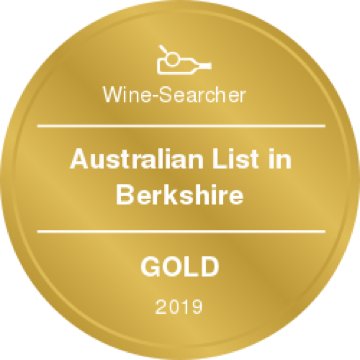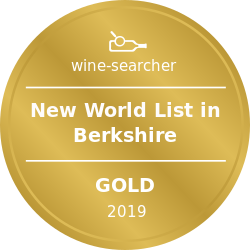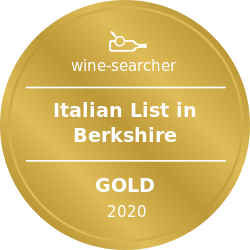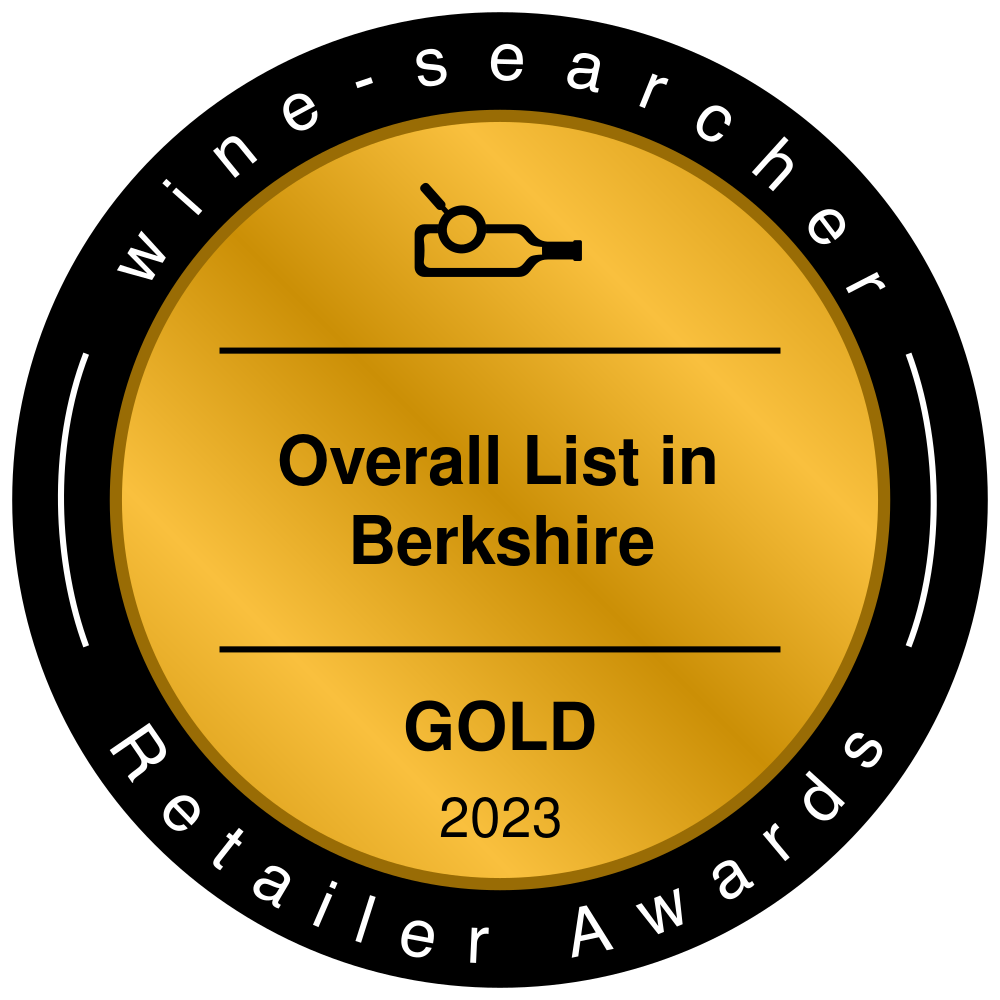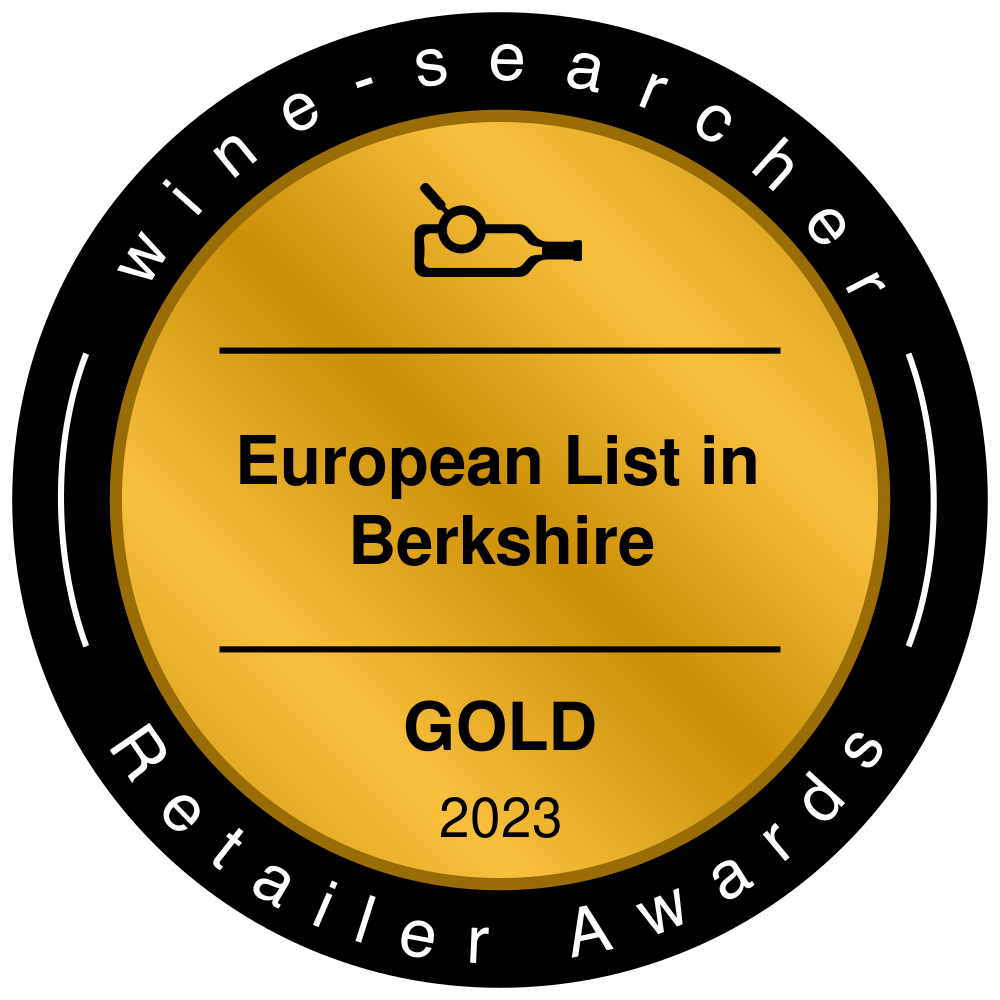Classic creme de cassis notes, medium to full body, beautiful density, purity, texture, and length.
Delivery Charges
*Local Free Delivery: SL3 and SL4 postcode (Windsor/Datchet)
*Local Free Delivery: All SL (Except SL7), HP9, GU25, TW18, TW19 & TW20 postcodes. (Min. 6 bottles or 1 Hamper or 1 of our selected Wine cases purchased)
- England and Wales £12.00
- England and Wales Free Delivery (Over £200 purchased)
- Northern Ireland £30 (All BT postcodes)
- Scotland £15.00 (EH, FK, G, KA, KY, ML, DG and TD postcodes)
- Scottish Highlands and Islands £ 30.00 (All AB; DD; HS; IV; KW; KA27-28; PA; PH; TR21-25; ZE postcodes)
More Information
Bordeaux is both the largest producer of AC wines (50,000 hectares of basic AC Bordeaux are planted) and the source of the most sought after ones. It has top quality varietals, a moderate climate, and a long heritage of producing diverse styles across the price spectrum, as well as a complex trade structure that continues to perplex and attract wine lovers everywhere. The major influences on the climate are the Atlantic Ocean and the Dordogne and Garonne rivers (that connect to the Gironde estuary), which moderate temperatures, cooling them in summer and warming them in winter. Annual rainfall is relatively high, particularly in the Médoc, at around 1,000 mm per year, therefore the most prized soils here are gravel-based, which encourage free drainage. The humidity of the closest vineyards to the river, in Sauternes and Barsac, contribute to the formation of Noble Rot, which concentrates the natural sugars, flavours and acidity in the grapes, and results in some of the finest sweet wines in the world.
Entre-Deux-Mers (literally ’between two seas’, or the two rivers mentioned above) is often the source of excellent value wines. The best are found from the slightly higher plateau, which is windier and therefore drier in climate. Here, stony and sandy-clay soils meet, giving crisp, elegant whites and supple reds for drinking in their youth.
Red Bordeaux, which is traditionally known as claret in the United Kingdom, is generally made from a blend of grapes. Permitted grapes are Cabernet Sauvignon, Cabernet Franc, Merlot, Petit Verdot, Malbec and Carménère. Today Malbec and Carmenere are rarely used. Cabernet Sauvignon (Bordeaux’s second-most planted grape variety) dominates the blend in red wines produced in the Médoc and the rest of the left bank. In Saint-Émilion, Pomerol and the other right bank appellations Merlot is the most dominate.
White Bordeaux is predominantly, and exclusively in the case of the sweet Sauternes, made from Sémillon and then a small amount of Sauvignon Blanc and Muscadelle -. Dry white wines are made mostly from Sauvignon.






